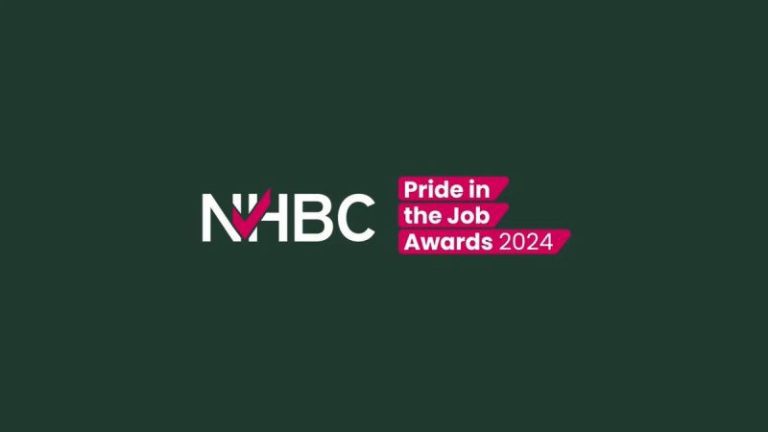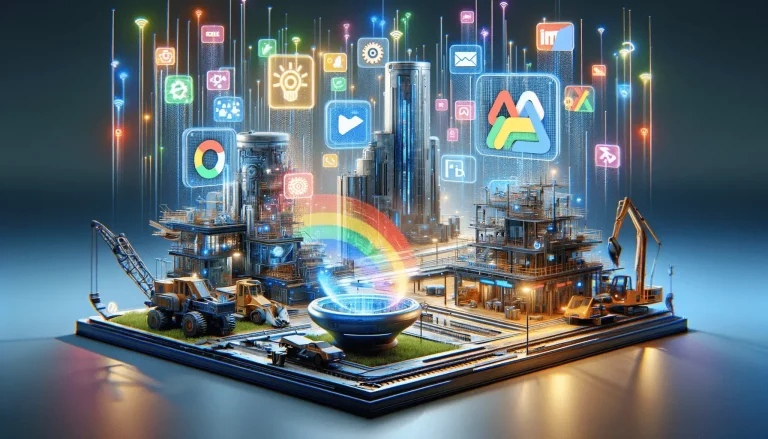In today’s digital world, potential clients often turn to online searches when seeking legal representation. To ensure your law firm stands out from the competition, a strong online presence is essential. While organic search engine optimization (SEO) is important for long-term visibility, Google Ads for lawyers provides a powerful way to reach potential clients immediately when they are actively searching for legal help. This comprehensive guide will walk you through the key elements of creating and managing successful Google Ads campaigns, helping you attract more clients and grow your practice. Understanding the Google Ads Landscape Google Ads operates on a pay-per-click (PPC) model, where you bid on relevant keywords to have your ads appear at the top of search results pages. When a user searches for a term related to your bid keywords, your ad may be displayed alongside organic search results. You only pay when someone clicks on your ad, making it a cost-effective way to drive targeted traffic to your website. Google Ads offers a variety of ad formats and targeting options, allowing you to tailor your campaigns to specific audiences and goals. With careful planning and execution, Google Ads can be a highly effective tool for generating leads and acquiring new clients. Keyword Research: The Foundation of Effective Google Ads Keywords are the words and phrases people use when searching for information online. Thorough keyword research is crucial for identifying the terms your potential clients are using when looking for legal services. This research forms the foundation of your Google Ads campaigns. Start by brainstorming a list of relevant keywords related to your practice areas and the types of cases you handle. For example, a personal injury lawyer might consider keywords like “car accident lawyer”, “slip and fall attorney”, or “personal injury claim”. Use keyword research tools like Google Keyword Planner, Ahrefs, and SEMrush to expand your list, analyze search volume, and assess competition. Don’t overlook long-tail keywords, which are longer, more specific phrases that often have lower competition and can be highly effective in targeting niche audiences. For instance, instead of just “divorce lawyer”, consider long-tail keywords like “divorce lawyer specializing in child custody” or “high-net-worth divorce attorney”. Crafting Compelling Ad Copy Your ad copy is the first impression potential clients will have of your firm. It needs to be clear, concise, and persuasive to entice users to click on your ad and visit your website. To achieve this, capture attention with headlines that highlight your expertise and address the needs of your target audience. Clearly communicate what sets your firm apart from the competition. Do you offer free consultations? Do you have a proven track record of success? Encourage users to take the next step with a clear and compelling call to action, such as “Call Now for a Free Consultation” or “Get Your Case Reviewed Today”. Remember to tailor your ad copy to the specific keywords you are targeting and the search intent of your audience. Landing Page Optimization: Guiding Users Toward Conversion When a user clicks on your ad, they should be directed to a dedicated landing page that is relevant to their search query and designed to convert them into a lead. To create effective landing pages, ensure the headline and messaging on your landing page match the ad copy to provide a consistent user experience. Provide valuable information that addresses the user’s needs and answers their questions. Include a prominent call to action, such as a contact form or phone number. Build credibility by incorporating testimonials, case studies, and attorney bios. Targeting Options: Reaching the Right Audience Google Ads provides a range of targeting options to help you reach the most qualified leads. If you primarily serve clients in a specific geographic area, use location targeting to focus your ads on people in that region. You can also target your ads based on demographics like age, gender, and income level, which can be particularly useful if you specialize in certain types of legal cases. Consider whether you want to target users on desktop computers, mobile devices, or both, and tailor your bids and ad copy accordingly. Campaign Structure and Organization A well-structured Google Ads campaign can significantly improve your results. Organize your campaigns into ad groups based on relevant keywords and themes. This allows for more targeted ads and landing pages. Create multiple ad variations within each ad group to test different headlines, descriptions, and calls to action. This helps you identify the most effective ad copy. Budgeting and Bidding Strategies Effective budget management is essential for Google Ads success. Determine how much you are willing to spend on your campaigns, considering your overall marketing budget and lead generation goals. Google Ads offers various bidding strategies, such as manual bidding and automated bidding. Choose a strategy that aligns with your goals and budget. Regularly monitor your campaign performance and adjust your bids and budget as needed to optimize your results. Tracking and Measuring Results Tracking your Google Ads campaign performance is crucial to understand what’s working and what needs improvement. Monitor key metrics such as click-through rate (CTR), conversion rate, cost per conversion, and return on investment (ROI). Set up conversion tracking to measure how many leads are generated from your campaigns, helping you assess the effectiveness of your ads and landing pages. Ethical Considerations in Lawyer Advertising While Google Ads can be a powerful tool for attracting clients, it’s important to adhere to ethical advertising practices. Avoid making misleading claims or guarantees in your ad copy. Be transparent about your fees and services. Respect client confidentiality and avoid using sensitive information in your ads. Ensure your ads comply with all relevant advertising regulations and guidelines. Integrating Google Ads with Other Marketing Efforts Google Ads should be part of a comprehensive marketing strategy that includes other tactics like SEO, content marketing, and social media. Google Ads and SEO can work together to maximize your online visibility. Use Google Ads to target high-value keywords and complement your organic search efforts. Create











